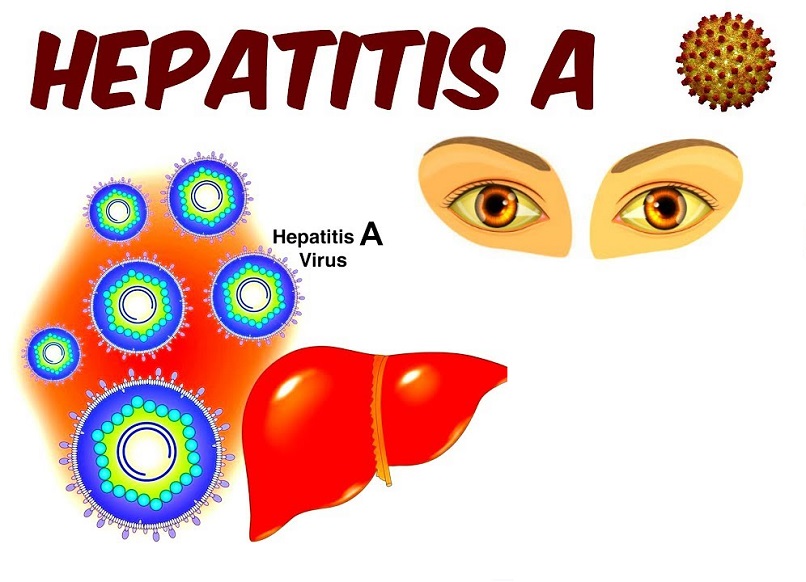
CONTRARY to the second wave, the third wave is less virulent. Hospitalization, according to the Union Health Ministry, has been “significantly lower.” According to Director General ICMR Dr Balram Bhargava the number of deaths has been considerably reduced due to vaccinations. This is true of Kashmir Valley also, Despite the steep rise in the cases, the hospitalizations have been less. This, in turn, hasn’t overburdened the healthcare infrastructure unlike during the second wave. This is despite the fact that the real number of Covid cases would be much larger than the official figure as a significant number of people are not testing and treating themselves at home.
But overall, the situation remains grave and it could once again get out of hand if the Standard Operating Procedure is not followed by the people and also not enforced strictly by the government. Overcoming the third wave and that too in the beginning of the year is crucial for India’s otherwise reviving economy. The country can hardly afford yet another lockdown or for that matter the recurrent restrictions. Also, a prolonged wave could jeopardize yet another year of schooling. In fact, to ensure that schools could be reopened this year, India has already started vaccinating children between 15 to 18 years of age. This is expected to create conditions for the children in this age group to return to school. Maharashtra government has decided to reopen schools for students of classes 1-12 on January 24 after closing due to the Omicron-fuelled third wave. Like Delhi, the recent Covid surge in Maharashtra too has shown signs of plateauing. And with an expected decline in caseload, other states are also expected to follow suit.
That said, there is still a significant section of the population, both in the country and in J&K, which is without vaccination. And during the current wave, they are most vulnerable. It is time that they too get their shot. Similarly elderly population and healthcare workers need booster doses. The government has now fully approved the use of Covaxin and Covishield vaccines which would be now more widely available. The government has also suggested changes in rules for booster doses. According to this precautionary third doses of vaccines would be given to health and frontline workers and adults above 60 years of age, dealing with illnesses. The recommended gap between the second and the third dose is currently nine months. There is hope that the ongoing wave will start winding down in February and by March, the situation could be more or less normal again.
Follow this link to join our WhatsApp group: Join Now
Be Part of Quality Journalism |
Quality journalism takes a lot of time, money and hard work to produce and despite all the hardships we still do it. Our reporters and editors are working overtime in Kashmir and beyond to cover what you care about, break big stories, and expose injustices that can change lives. Today more people are reading Kashmir Observer than ever, but only a handful are paying while advertising revenues are falling fast. |
| ACT NOW |
| MONTHLY | Rs 100 | |
| YEARLY | Rs 1000 | |
| LIFETIME | Rs 10000 | |










